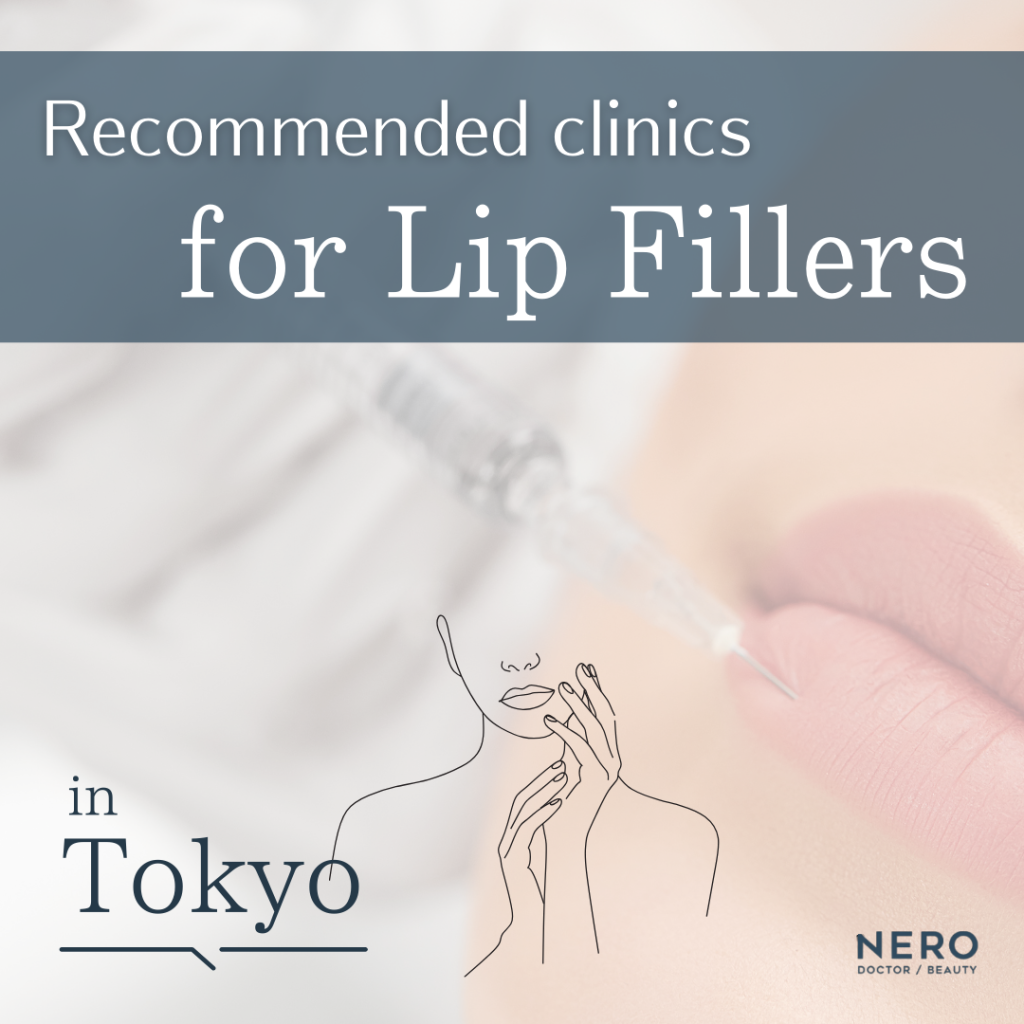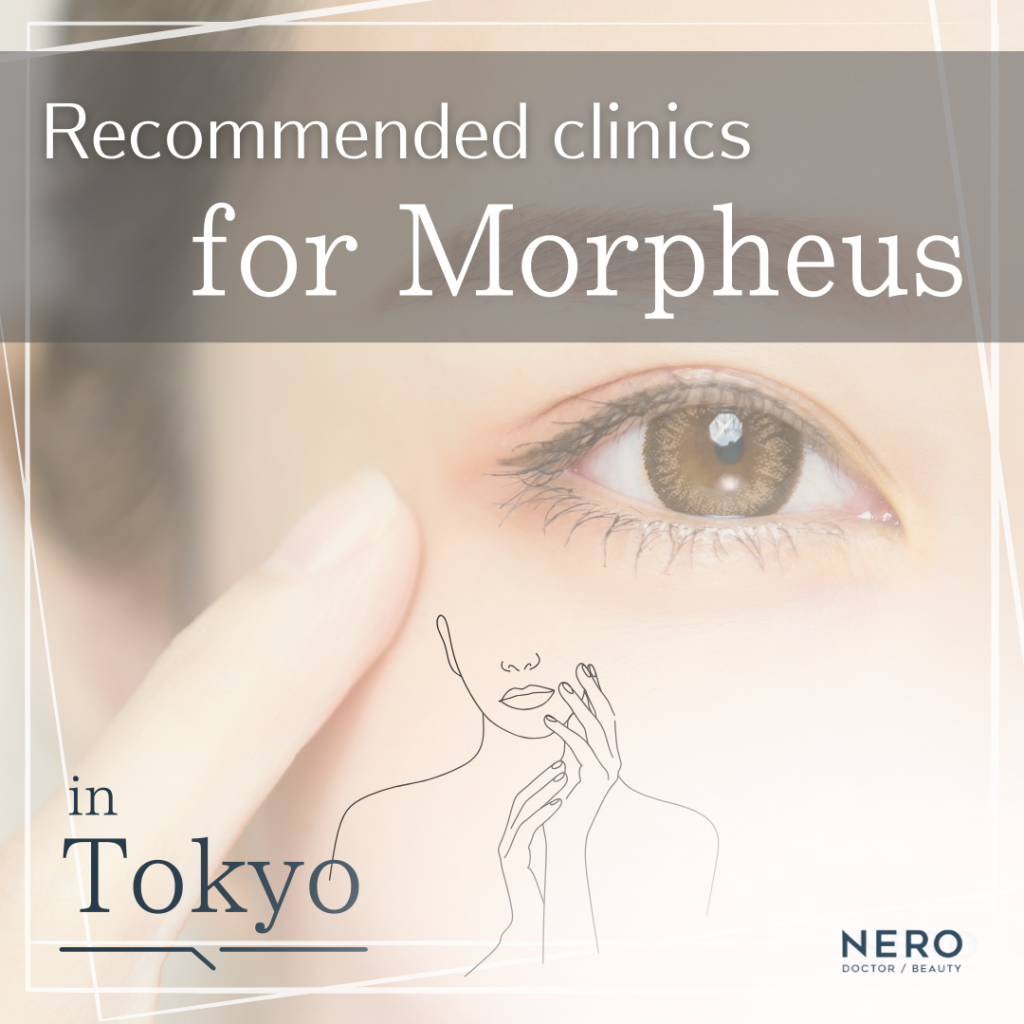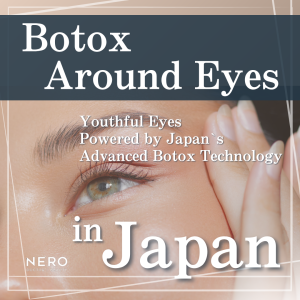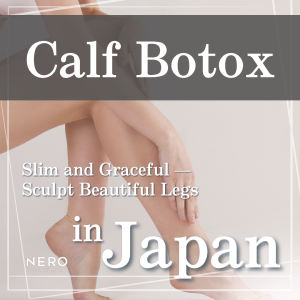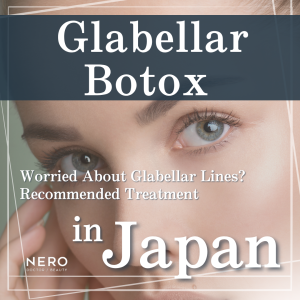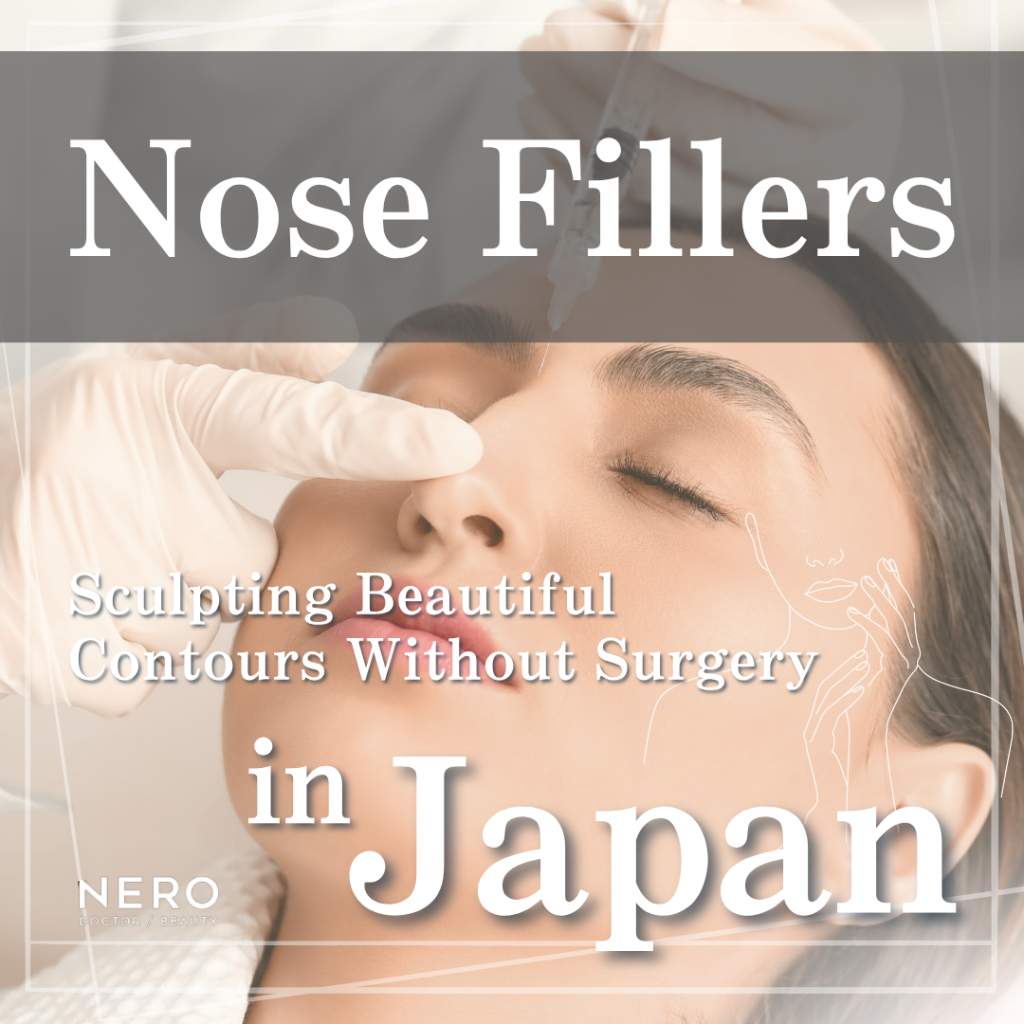
We will introduce recommended clinics for Nose Fillers in Tokyo, Japan.
Nose Fillers in Tokyo focus on achieving natural-looking results.
We will introduce two recommended clinics, including information on interpreter availability, how to make a reservation, and access details.
INDEX
Reshape Your Nose, Redefine Your Beauty in Japan
Do you desire a more defined nose bridge, a refined tip, or a subtle enhancement to your nasal profile without undergoing surgery?
Discover the transformative power of nose filler treatments, a popular non-surgical option for nasal reshaping. Many international visitors choose Japan for cosmetic procedures because of its renowned precision and safety standards.
With increasing availability of English-speaking clinics, Japan is becoming a top destination for those seeking high-quality, natural-looking results through nose filler treatments.
In this article, you’ll learn about the benefits of nose filler, how the treatment works, typical costs, safety considerations, and guidance on where to get professional care in Japan — including how to find clinics offering nose filler in Japan.
Understanding Nose Fillers: The Non-Surgical Alternative
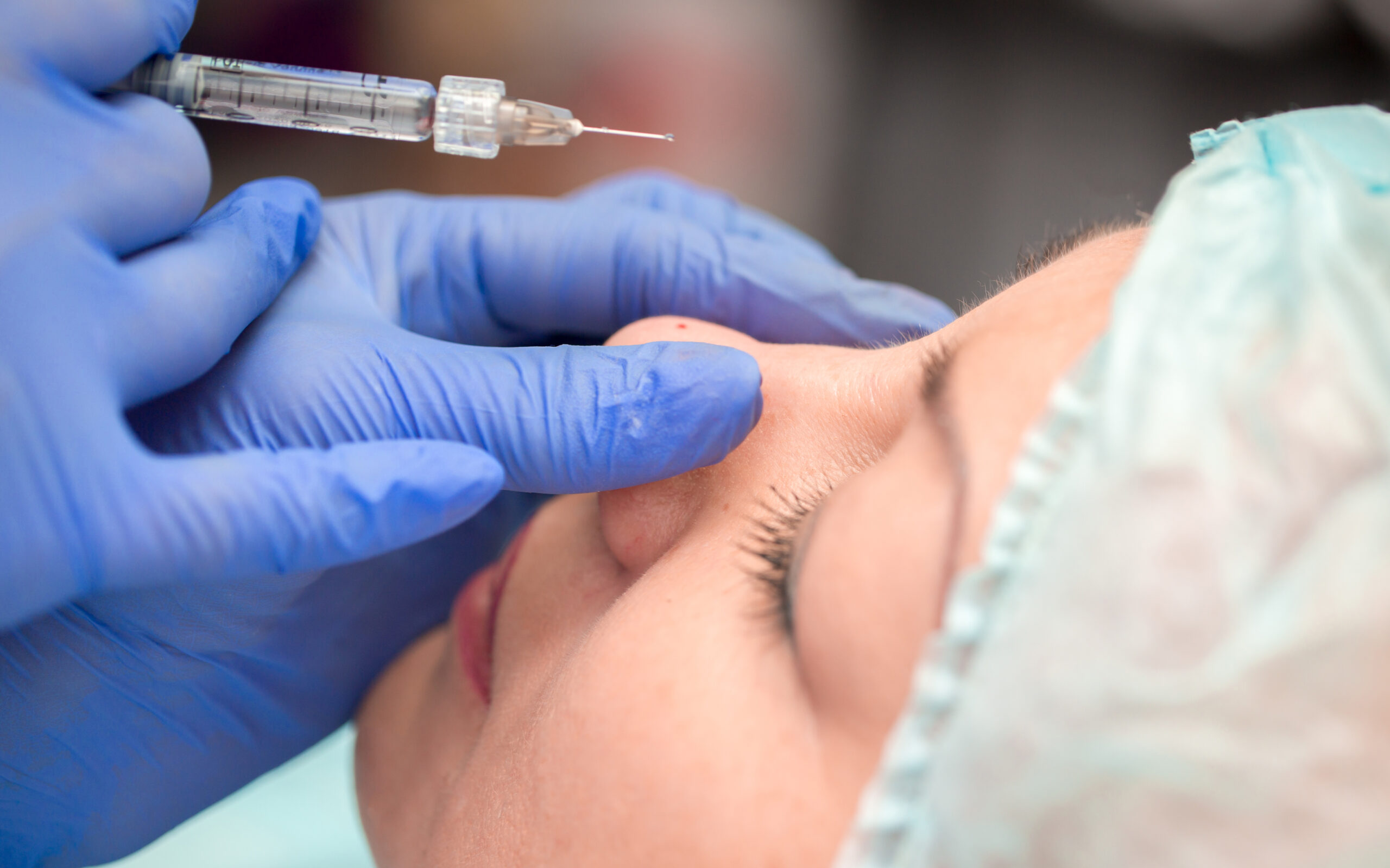
What is nose filler?
Nose filler refers to dermal fillers (usually hyaluronic acid-based) injected into the nose to change its shape subtly without incisions or surgery.
How does nose filler work?
Expert practitioners inject HA filler strategically to:
- Add volume to the bridge to create a higher profile
- Refine the nasal tip
- Straighten minor humps or asymmetries
- Improve overall nose shape in a reversible, gradual process
Nose filler for Asian noses
This treatment is especially popular among those with Asian facial features, where a slightly sharper nasal bridge is often desired.
This technique can refine the nose to achieve a natural look that harmonizes with your overall facial balance.
Benefits of nose filler:
- Non-surgical with minimal downtime – no operating room or general anesthesia
- Immediate and natural-looking results – visible right after the procedure
- Customizable and gradual enhancement – can be adjusted over follow-ups
- Significantly lower nose filler pricing than surgical alternatives
What does filler do to your nose?
It reshapes by filling, lifting, and smoothing. The bridge becomes more elevated, the tip more refined, and tiny irregularities softened — all while preserving natural movement and expression.
The Nose Filler Journey in Japan: What to Expect
This section will cover the nose filler treatment flow, along with the distinct features of Japanese clinics concerning consultations and actual treatment.
Consultation
Expect a thorough consultation with a board-certified aesthetic doctor. Clinics in Japan offering nose filler Japan services often provide English-speaking staff to help discuss your aesthetic goals and evaluate your facial anatomy before treatment.
Customized Treatment Plan
A tailored plan is created based on your nose shape, skin type, and desired enhancements. The doctor explains how much filler will be used, likely placement, and expected outcome.
The Procedure
- A topical anesthetic is applied for comfort.
- Skilled Japanese practitioners perform precise injections using fine needles or cannulas.
- The session is relatively short—often 20 to 45 minutes—depending on the complexity.
Aftercare and Recovery
You may experience minimal swelling, redness, or bruising immediately post-treatment. These effects typically subside within a few days. Recovery is quick, allowing you to resume regular activities rapidly.
Longevity of Results
Most patients enjoy aesthetic improvement for 6~18 months, depending on individual metabolism and filler type. To maintain results, follow-up treatments may be scheduled. Guidance on how often nose filler should be repeated is offered during post-procedure follow-ups.
Cost, Safety & Considerations for Nose Fillers in Japan
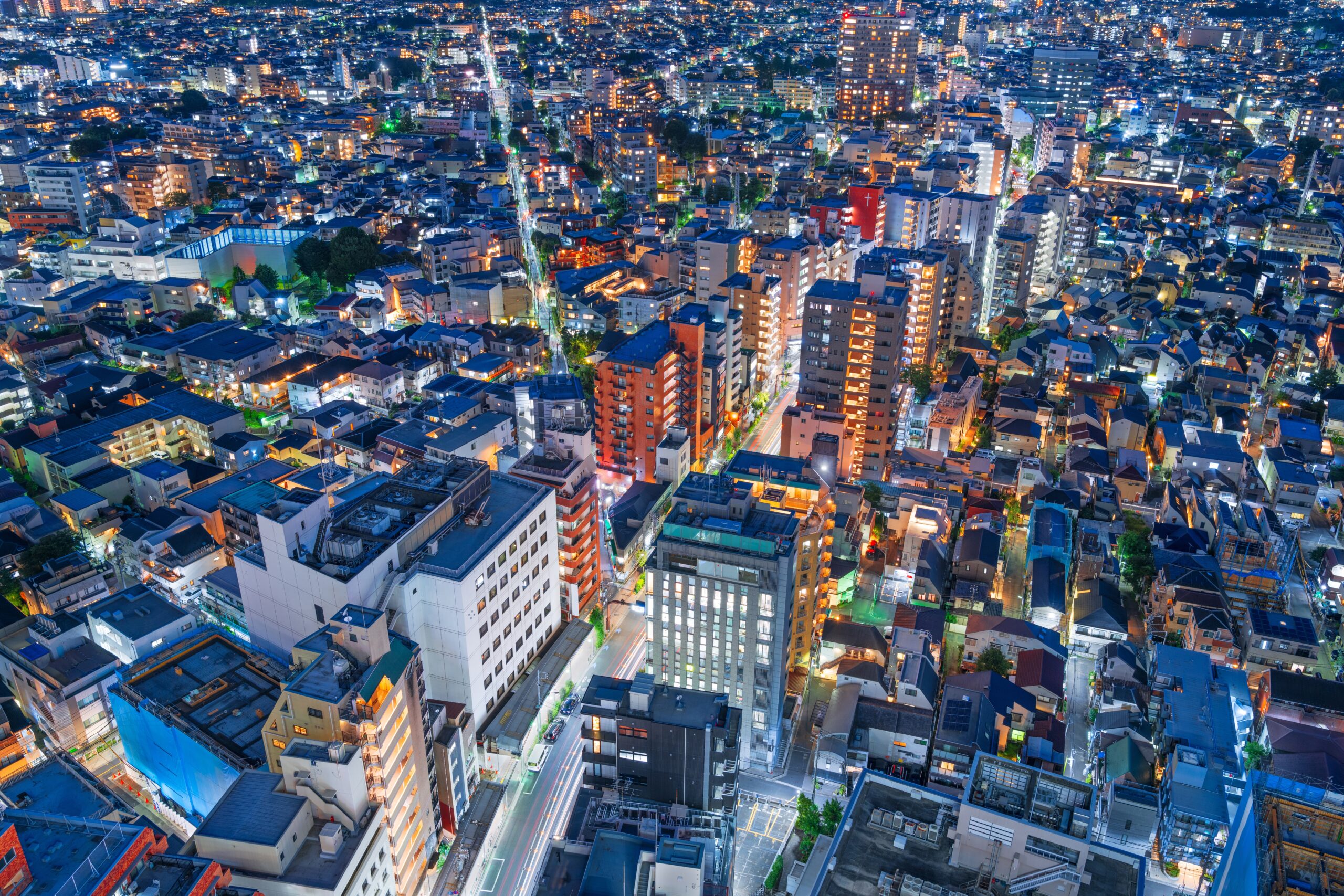
Foreigners considering nose fillers in Japan may naturally have some worries. But, as detailed below, there are clear reasons why you can undergo the treatment without concern.
Nose Filler Cost in Japan
Pricing for nose filler varies by clinic reputation, practitioner experience, and filler volume used.
A typical non-surgical nose job in Japan cost is considerably lower than surgical rhinoplasty. Clinics will provide a detailed quote after consultation, outlining the cost of nose filler pricing and comparisons with nose surgery Japan options.
Safety Standards
Japan enforces strict medical regulations, and aesthetic practitioners are highly qualified. Japan’s facilities follow rigorous hygiene and patient-safety protocols, whether for dermal filler or more invasive procedures like surgical rhinoplasty.
Potential Side Effects & Risks
Nose fillers, while generally safe, can cause mild and temporary side effects like swelling, redness, or light bruising.
More significant concerns such as filler migration are rare, especially when an appropriate product is selected and injected by a certified professional using proper technique. A key advantage of hyaluronic acid fillers is their reversibility; they can be dissolved if necessary.
Choosing the Right Clinic
To select a reliable clinic and determine where can I get nose filler in Japan:
- Look for board-certified doctors with specific nose filler experience
- Review clinic reputation and patient testimonials
- Confirm availability of English support for international clients
- Compare full cost estimates and understand what is included
Choosing the Right Clinic in Japan
Japan is renowned for its high-quality esthetic treatments. If you are seeking a Filler injections clinic near you, Japan offers top-tier beauty clinics specializing in Filler injections. Some popular choices include:
■BIANCA CLINIC
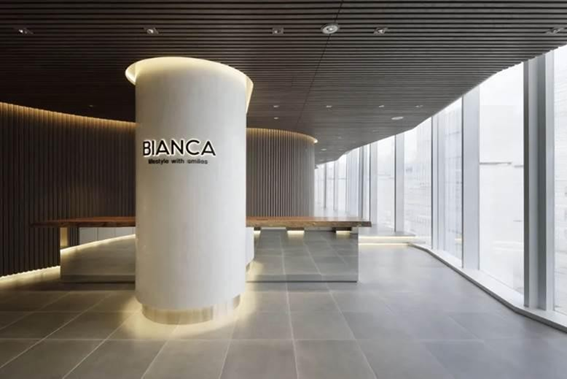
source:BIANCA CLINIC
BIANCA Ginza, a leading Japan beauty clinic, offers exceptional features and benefits for international patients visiting Japan.
Multilingual Support
The official website is available in English and Chinese (Simplified and Traditional), providing comprehensive information about this beauty clinic in Japan and its services.
Interpretation Services
Native-level English and Chinese-speaking staff assist with counseling and reception, ensuring smooth communication for those seeking plastic surgery or other cosmetic treatments in Tokyo, Japan.
Reservations
Book 24/7 via the website or through WhatsApp, offering convenience for international patients exploring the best aesthetic treatments in Japan.
Access Information
Conveniently located in Ginza, Tokyo, offering easy access for patients interested in aesthetic treatments in Japan, including:
- Inquiries are also welcome regarding treatments designed to achieve a Japanese look
- Before-and-after results of plastic surgery in Japan
- Insights into plastic surgery pricing in Japan
These services ensure a comfortable and welcoming experience for all international visitors to this premier Japan beauty clinic.
| Address | 12F Kiralito Ginza, 1-8-19 Ginza, Chuo-ku, Tokyo |
| Phone Number | 050-3196-4834 |
| Business Hours | 10:00 AM – 7:00 PM |
| Open | Every day of the year |
| Access | From Ginza Station (All Lines) & JR Yurakucho Station: 6-minute walk From Tokyo Metro Ginza-1chome Station: 1-minute walk From Kyobashi Station: 2-minute walk |
■Imaizumi Skin Clinic
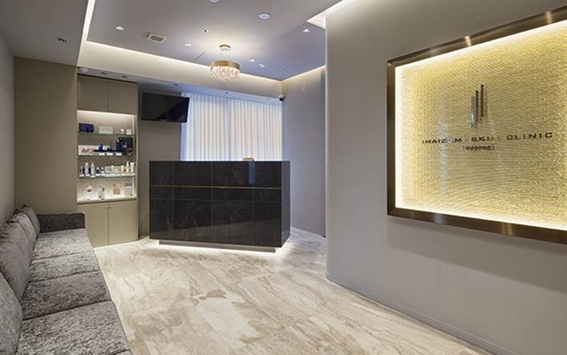
source:Imaizumi Skin Clinic
Imaizumi Skin Clinic, a renowned beauty clinic in Japan, offers exceptional services and benefits for inbound patients looking for top-quality treatments at a Japanese beauty clinic.
Multilingual Support and Interpretation Services
Imaizumi Skin Clinic’s official website is available in English and Simplified Chinese, catering to international patients exploring cosmetic treatment options in Japan or considering plastic surgery in Tokyo, Japan.
The clinic also offers WeChat-based reservations and professional interpreters for Chinese-speaking patients—ideal for those seeking the best aesthetic treatments in Japan or learning about aesthetic treatments prices in Japan.
Reservations
- Japanese speakers can book by phone or online.
- English speakers can use the official website’s reservation form.
- Chinese speakers can conveniently make appointments via WeChat.
Access Information
Imaizumi Skin Clinic is centrally located in Roppongi, Tokyo, providing easy access for patients interested in aesthetic treatments in Japan.
This includes:
- Before-and-after plastic surgery consultations in Japan
- Treatments that align with plastic surgery statistics in Japan
These comprehensive services ensure that international visitors can confidently access advanced esthetic and dermatological treatments at this premier Japanese beauty clinic.
| Address | 6F Dai-III Daiei Building, 7-18-8 Roppongi, Minato-ku, Tokyo |
| Phone Number | 0120-006-762 |
| Business Hours | Monday – Friday: 10:00 AM – 1:00 PM / 2:30 PM – 7:00 PM Saturday, Sunday, and Holidays: 10:00 AM – 1:00 PM / 2:30 PM – 6:00 PM |
| Closed | 1st and 3rd Sunday of each month |
| Access | From Ginza Station (All Lines) & JR Yurakucho Station: 6-minute walk From Roppongi Station (Hibiya Line): 1-minute walk (Exit 2) From Roppongi Station (Toei Oedo Line): 4-minute walk |
Nose Filler as a Treatment Option in Japan
Nose dermal filler offers a safe, effective, and non-surgical route to reshaping your nose. With Japan’s high standards, experienced practitioners, and a growing number of English-friendly clinics, it’s an excellent option for international clients.
From clear information about nose filler results, pricing, safety, and longevity—this guide helps you navigate the process and make an informed choice for your aesthetic journey.
Related articles recommended for you who read this article
| ・This website provides general knowledge about aesthetic medicine from a neutral perspective as much as possible. Please note that the information is not intended to encourage self-diagnosis. Be sure to check the official website of the clinic and consult each medical institution for details regarding treatment. ・This article is based on information available at the time of writing and publication. Please check the official website for the latest updates. ・If cosmetics or massage-related content is mentioned, it is not within the scope of medical supervision. |



